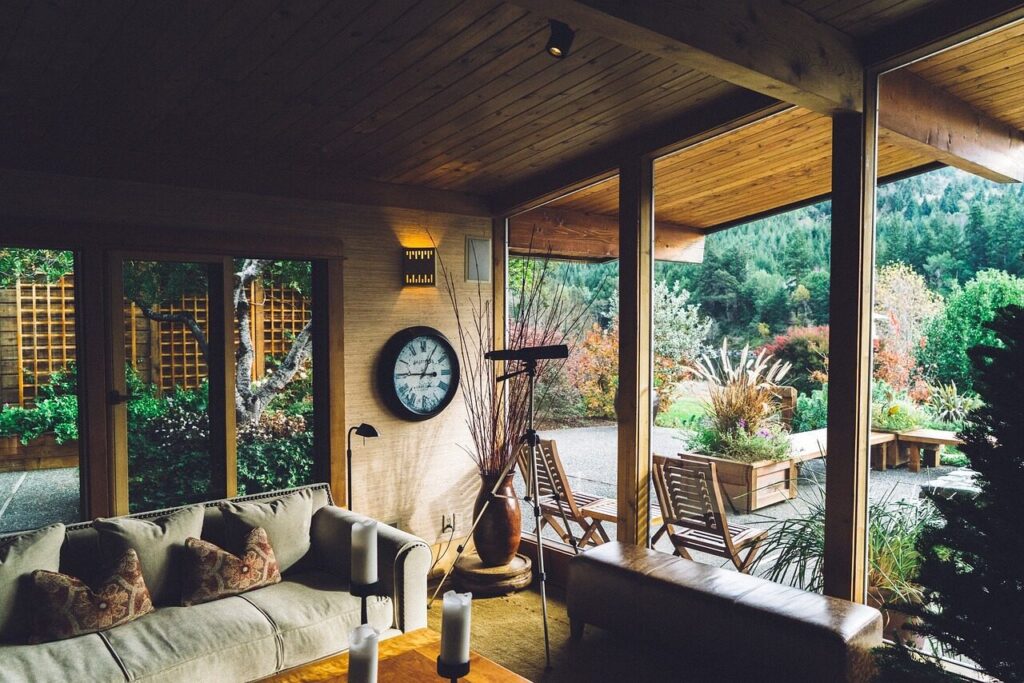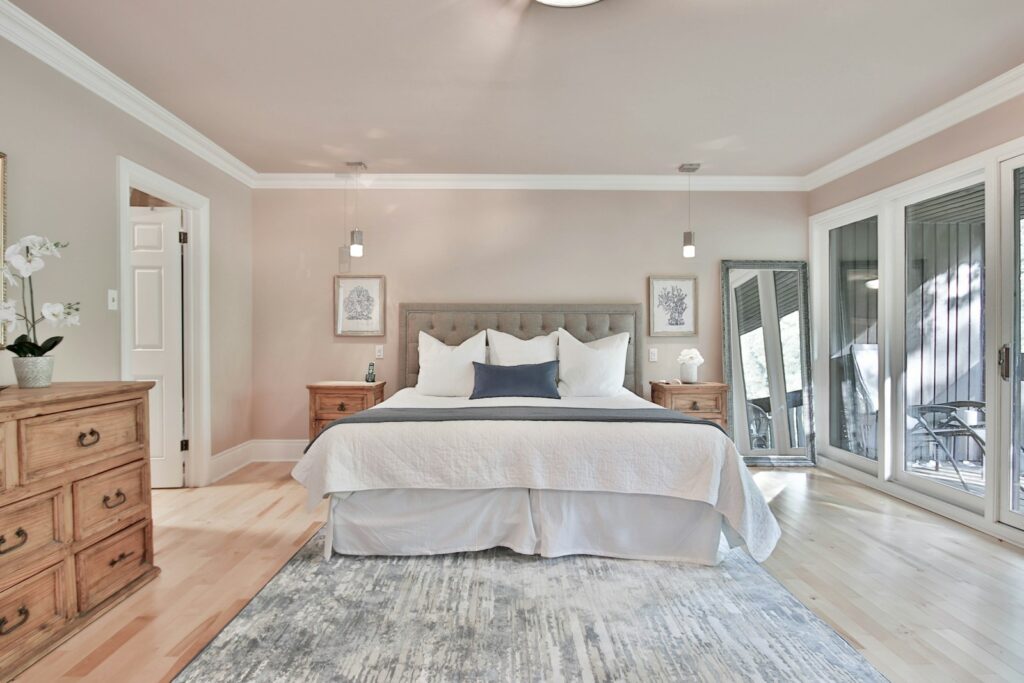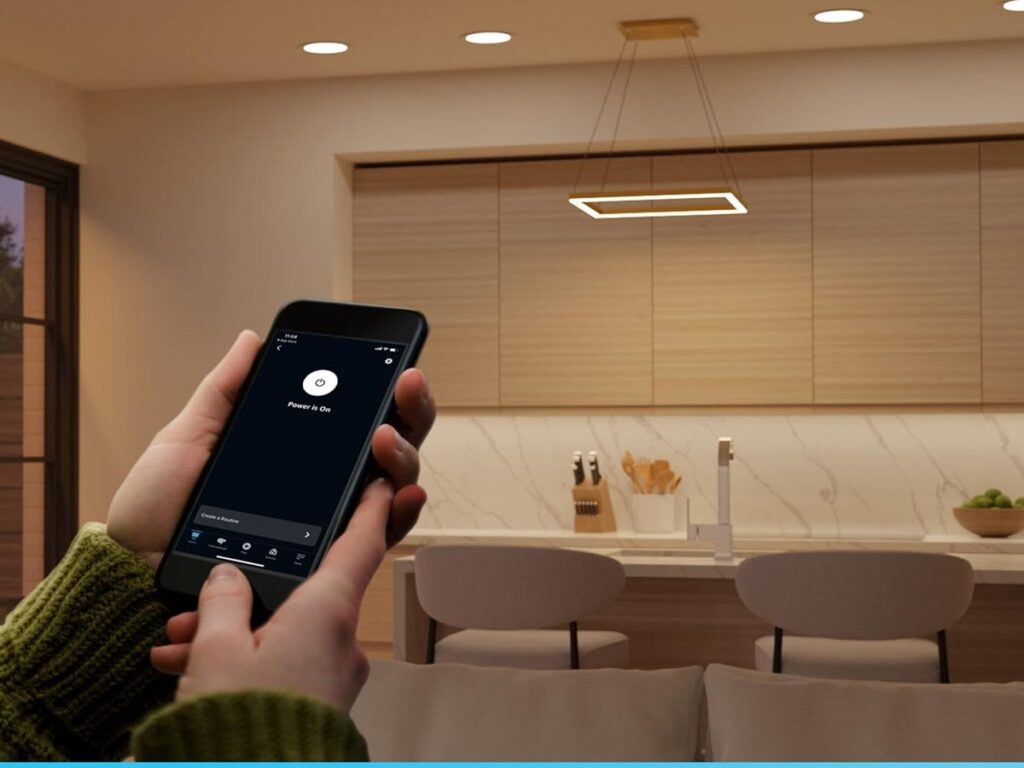Mornings carry a distinct energy, but in well-designed homes, that energy often feels noticeably brighter. Thoughtful architecture, carefully chosen materials, and intentional layouts create a sense of ease that affects mood before the first cup of coffee. From natural light flowing through large windows to spaces that encourage movement and calm, the design itself becomes part of the morning ritual. Every corner, color, and texture contributes subtly to the feeling of waking up in harmony with your surroundings, shaping a more mindful start to the day.
Natural Light Shapes Mood

Well-designed homes prioritize natural light, using large windows, skylights, or reflective surfaces to brighten interiors. Morning sun pouring in can gently wake the body, syncing internal rhythms with the day. This isn’t just aesthetic; studies show exposure to natural light upon waking can improve mood and focus. Designers carefully position windows to maximize sunlight at key times, creating spaces where mornings feel alive and vibrant. The right light transforms routine mornings into uplifting experiences, subtly enhancing well-being and giving a sense of intentional calm from the moment you rise.
Layouts Encourage Flow
The arrangement of rooms impacts how a morning unfolds. In well-designed homes, open floor plans or strategically placed hallways guide movement naturally, reducing the friction of daily routines. Kitchens connect easily to dining areas, bedrooms open to serene views, and bathrooms are positioned for privacy and efficiency. This intuitive flow eliminates the jarring starts common in poorly arranged spaces. When spaces anticipate movement and interaction, mornings feel smoother, calmer, and more intentional, allowing residents to start the day without unnecessary stress or effort.
Thoughtful Color Palettes
Colors influence perception and energy, and homes with carefully chosen palettes subtly affect morning moods. Soft neutrals, muted greens, or gentle blues can soothe, while warmer tones can energize. Designers often consider how light interacts with paint, wallpaper, or furnishings at sunrise, ensuring rooms feel welcoming rather than harsh. These choices go beyond beauty; they help create a psychological rhythm, supporting alertness and calm simultaneously. In such spaces, mornings feel naturally harmonious, reinforcing a sense of balance and setting a positive tone for the day.
Connection to Nature

Incorporating natural elements, such as indoor plants, garden views, or water features, has a profound effect on mornings. Well-designed homes often feature visual or physical access to nature, allowing residents to feel connected to the outdoors without leaving the house. Morning routines are enriched by the sight of greenery or the sound of moving water, which can lower stress and enhance clarity. This connection transforms otherwise ordinary mornings into moments of quiet reflection, helping occupants feel grounded, present, and energized as they begin their day.
Functional Yet Beautiful Kitchens
Kitchens in well-designed homes balance functionality with aesthetics, making morning meal preparation effortless and enjoyable. Counter heights, appliance placement, and storage are optimized for ease, while materials and finishes add warmth and style. A kitchen that works smoothly reduces friction and stress, letting routines flow naturally. Morning coffee, breakfast prep, or quick lunches feel less like chores and more like moments of comfort. The result is a sense of efficiency and pleasure combined, making mornings in such homes feel uniquely satisfying and calm, rather than rushed or chaotic.
Quiet, Thoughtful Bedrooms

Bedrooms in carefully designed homes are sanctuaries, intentionally separated from noise and distraction. Soundproofing, layout, and placement away from traffic-heavy areas allow for peaceful mornings. Natural light filters in gently, while furniture arrangement encourages relaxation and movement. This careful consideration of the environment enhances rest quality, making waking less jarring. Residents often report feeling mentally prepared and emotionally centered when leaving the bedroom. The bedroom’s design, therefore, directly shapes how mornings feel, fostering an atmosphere of serenity and mindfulness from the very start of the day.
Harmonious Textures and Materials
The tactile experience of a home influences morning perception. Smooth stone countertops, warm wood floors, soft textiles, and matte finishes provide sensory comfort. Well-designed homes use materials that feel good underfoot, to the touch, and are visually pleasing, creating a sense of cohesion and luxury. These subtle interactions with surfaces can make simple routines, like walking barefoot or making the bed, more enjoyable. Textural harmony enhances comfort and calm, meaning mornings feel more grounded and connected, adding a physical layer of well-being alongside visual and emotional design elements.
Smart Lighting and Technology

Integrated lighting and smart home technology shape the rhythm of morning activity. Gradually brightening lights can mimic sunrise, while automated shades control glare and privacy. Smart systems can adjust temperature or sound, creating an environment tuned to comfort and efficiency. Well-designed homes use technology unobtrusively, enhancing rather than dominating experience. These details make mornings feel effortless, helping occupants transition from rest to action with minimal stress. Thoughtful integration of tech, combined with aesthetic design, produces a seamless, uplifting start that reinforces the sense that the space itself supports daily life.
Thoughtful Outdoor Spaces
Terraces, balconies, or small garden areas extend living spaces outward, enriching mornings. Well-designed homes create private nooks where residents can enjoy fresh air, sunlight, or morning routines like reading or stretching. These spaces are intentional extensions of interior design, with seating, greenery, and shelter considered for both comfort and beauty. Starting the day outside can improve mood, clarity, and energy, even if only for a few minutes. By offering a direct link to the outdoors, the home amplifies the restorative power of mornings, blending environment, functionality, and aesthetic pleasure seamlessly.
Emotional and Psychological Impact
Ultimately, well-designed homes affect the subconscious, creating mornings that feel lighter, more focused, and emotionally positive. Every design decision, light, layout, color, texture, or sound interacts to support comfort, efficiency, and mindfulness. Residents often describe a sense of ease, motivation, or joy simply from being in a space that “works.” This psychological impact shows that good design isn’t just visual; it alters the way life is experienced. Mornings in these homes feel different because the environment itself is a carefully orchestrated partner in starting the day, shaping emotion, energy, and mindset.
Comments